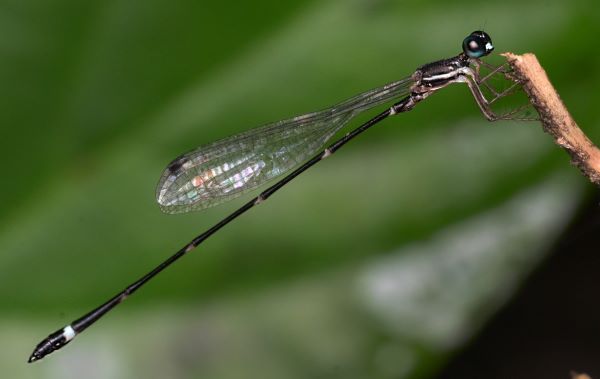
The exploration team discovered Euphaea wayanadensis as a fresh damselfly species at Wayanad landscape inside the Western Ghats area of Kerala. The discovery of this new damselfly species adds to Kerala's growing odonate diversity thus becoming the 191st recorded species in the state along with being the 223rd in the Western Ghats. The ENTOMON journal released research which demonstrated this species' stream habitat preference for water plants and the significance of forested riverbank areas thus requiring ecologically sensitive area conservation strategies.
-
The scientific community identified the new damselfly species Euphaea wayanadensis within the Western Ghats' Wayanad landscape region of Kerala.
-
The discovery establishes Kerala as home to the 223rd odonate species in the Western Ghats and the 191st species of odonate in the state.
Research and Discovery
-
A group of Kerala Agricultural University researchers and members from Warblers and Waders as well as Travancore Nature History Society and Alphonsa College and contributors from Maharashtra conducted this study.
-
The scientists detected this new species at the Kalindi River near Thirunelli within Wayanad district in 2013.
-
Identified using integrated taxonomy methods.
Species Characteristics
-
Belongs to the family Euphaeidae.
-
This species prefers water courses that maintain quick movement and have stones forming the bottom substrate plus underwater plants.
-
This species succeeds best in locations having both evergreen forest and semi-evergreen woodland.
-
Active throughout the year except during the dry seasons of March and April.
Ecological Significance
-
The study helps increase knowledge about odonate species distribution within Kerala and the Western Ghats.
-
Indicator of healthy aquatic ecosystems and biodiversity in the region.
-
The study demonstrates why protecting aquatic invertebrates matters for protected regions with limited ecological resilience.
Conservation Recommendations
-
Population assessment and distribution research needs specific surveys to be conducted.
-
Organizations need to establish conservation programs that defend the natural habitat from destructive forces and environmental contamination.
-
The surrounding ecosystems need encouragement to implement sustainable methods for species survival.
Conclusion
Euphaea wayanadensis discovery proves both the abundant biodiversity found in Western Ghats and the critical importance of current scientific study in this area. The newly discovered species needs immediate conservation action because it shows restricted distribution patterns and distinct habitat needs that require targeted protection of fresh water environments in Kerala.



 World Earth Day 2025: Date, History, Theme, and Significance
World Earth Day 2025: Date, History, Theme, and Significance Two Cheetahs released into Gandhi Sagar National Park
Two Cheetahs released into Gandhi Sagar National Park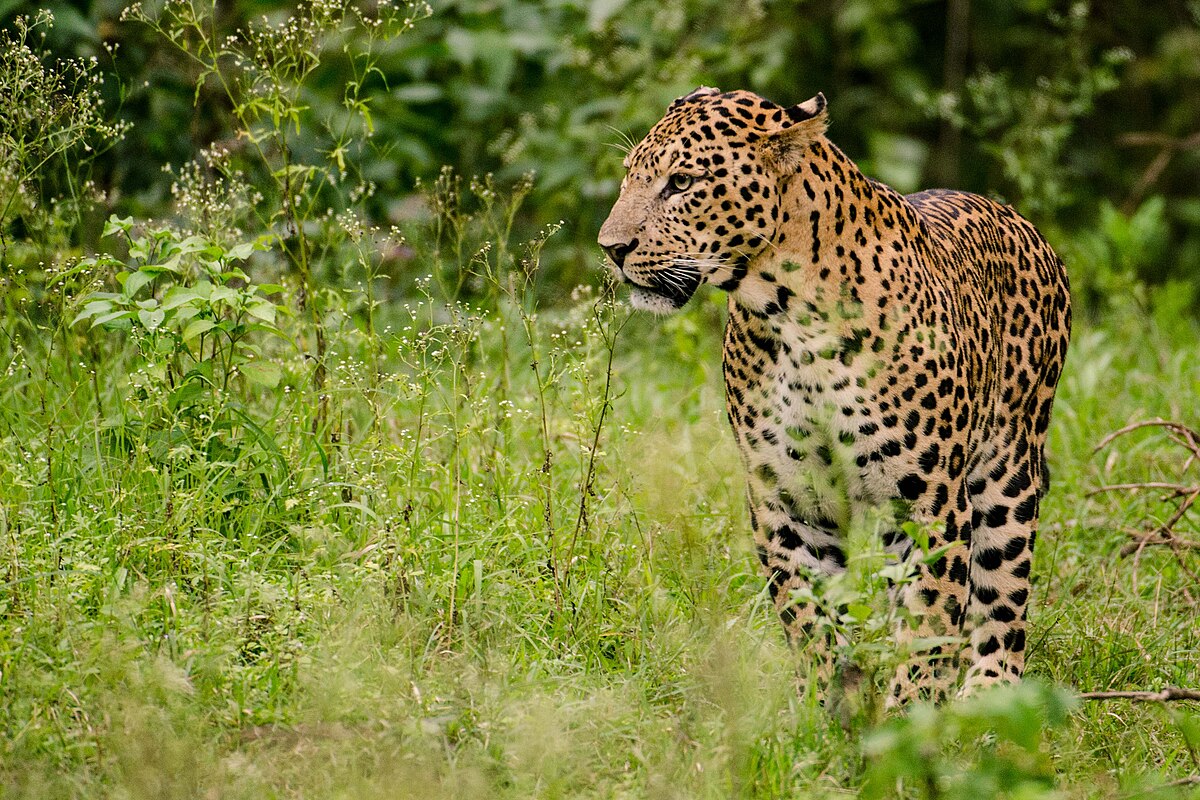 Leopard Spotted in Asola Bhati Wildlife Sanctuary
Leopard Spotted in Asola Bhati Wildlife Sanctuary Cap-and-Trade Model in Surat Cuts Pollution by 30%, Lowers Regulatory Costs
Cap-and-Trade Model in Surat Cuts Pollution by 30%, Lowers Regulatory Costs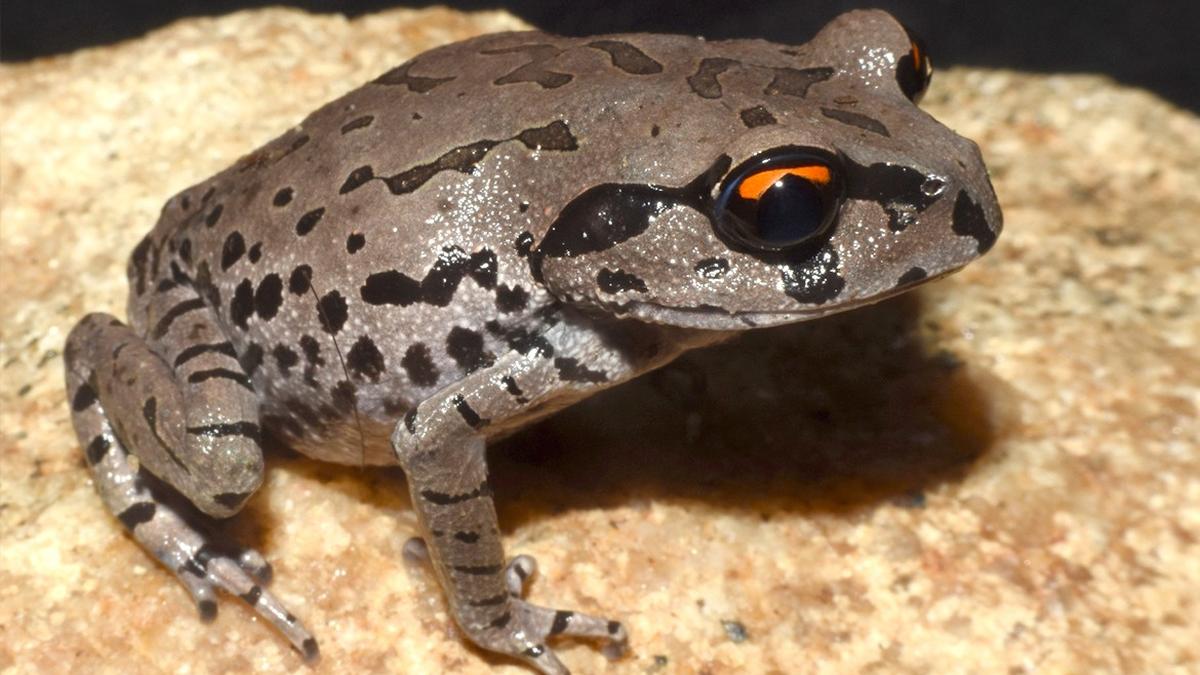 New Frog Species Leptobrachium aryatium Discovered in Assam After 21-Year Study
New Frog Species Leptobrachium aryatium Discovered in Assam After 21-Year Study India's First High-Altitude Climate Change Research Centre in J&K
India's First High-Altitude Climate Change Research Centre in J&K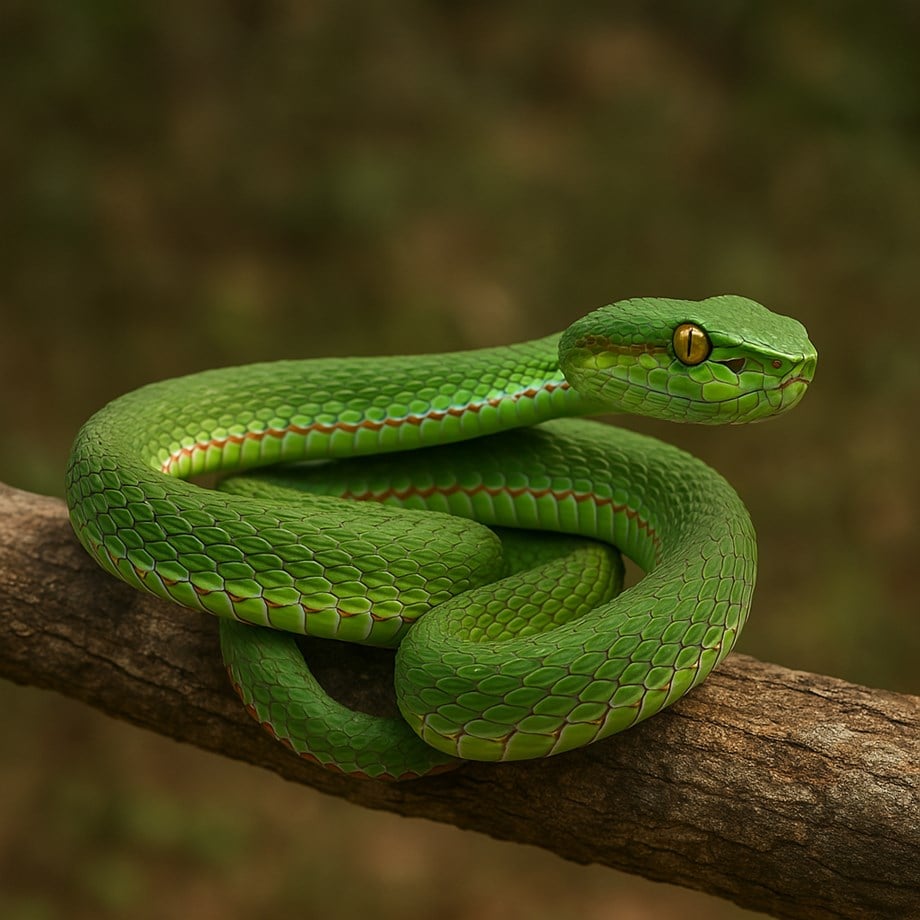 Unravelling the Mysteries of Pope’s Pit Viper Venom: A Deadly Snake of Northeast India
Unravelling the Mysteries of Pope’s Pit Viper Venom: A Deadly Snake of Northeast India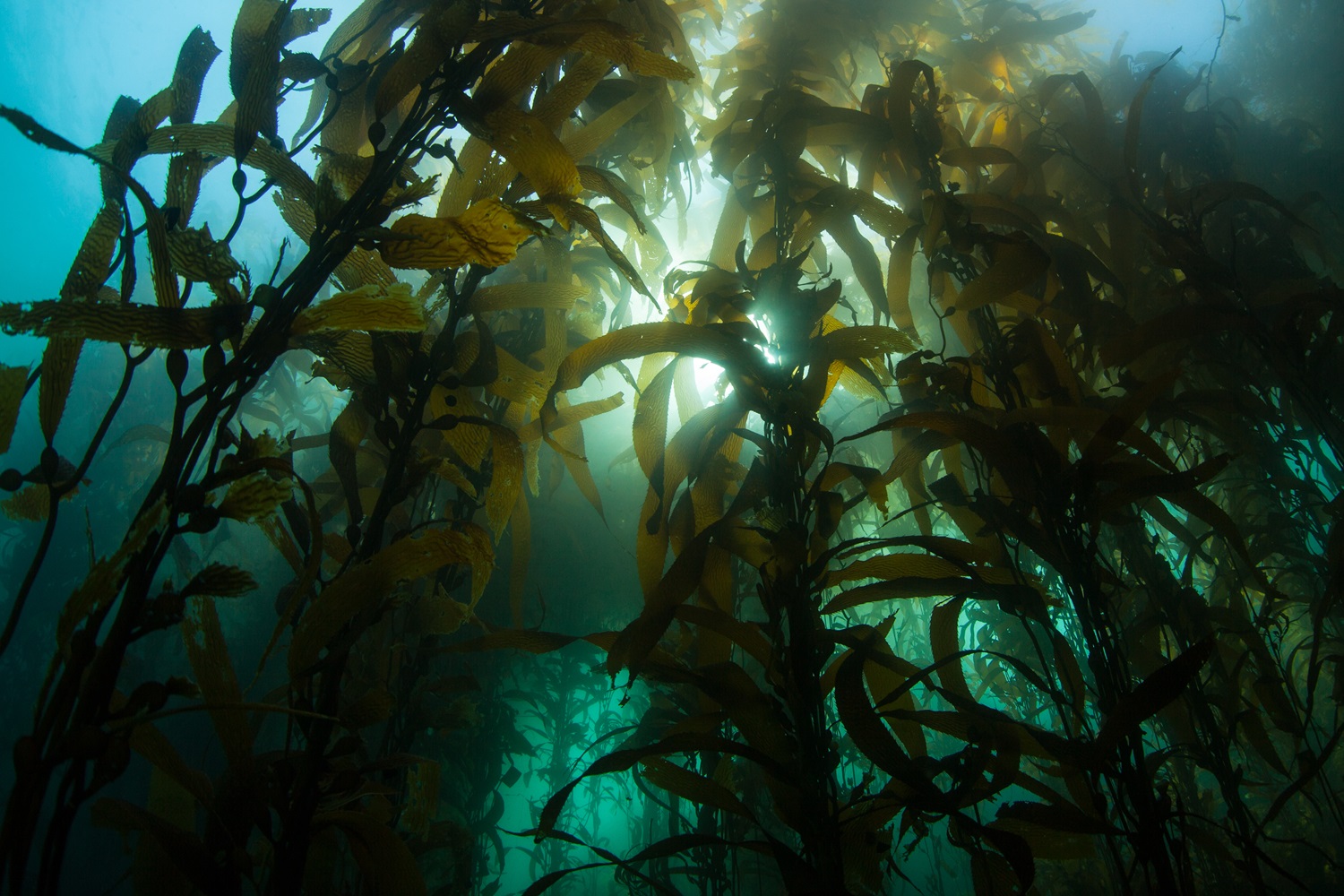 Seaweed: A Nutritional Powerhouse from the Ocean
Seaweed: A Nutritional Powerhouse from the Ocean Gangotri National Park: A Gateway to Himalayan Biodiversity
Gangotri National Park: A Gateway to Himalayan Biodiversity






